Existing metro lines in Hanoi
Currently, Hanoi has 2 metro lines in operation. The first is metro line No. 2A, Cat Linh station - Yen Nghia station, which will be put into operation from November 2021 and metro line No. 3 (Phase 1), Nhon station - Hanoi station, the elevated section from Nhon to Cau Giay and vice versa, which will be put into operation from early August 2024.
By 2045, the city will complete 200 km of metro lines of adjusted and supplemented routes according to the approved Master Plan.
Accordingly, data from Savills Vietnam shows that the rate of passengers using the metro in Hanoi is currently significantly lower than in major cities in the region, reaching only 1% of the population compared to the rates in Singapore, Bangkok and Kuala Lumpur of 50%, 15% and 10% respectively.
Explaining this, Ms. Nguyen Thi Hong Van - Deputy Director, Valuation and Consulting Department, Savills Hanoi said: "The total length of the metro system in Hanoi is still limited, only 22 km has been put into use. This number is 1/10 compared to other cities, making travel and traffic connection for people not convenient.
In addition to the scale of operation, people's travel habits are also an important factor. Vietnamese people prefer to use personal vehicles, especially motorbikes. In Vietnam, the metro has only been in use for 3 years. Meanwhile, countries in the region have had it for 20-30 years, and in developed countries, this number is even up to 100 years."
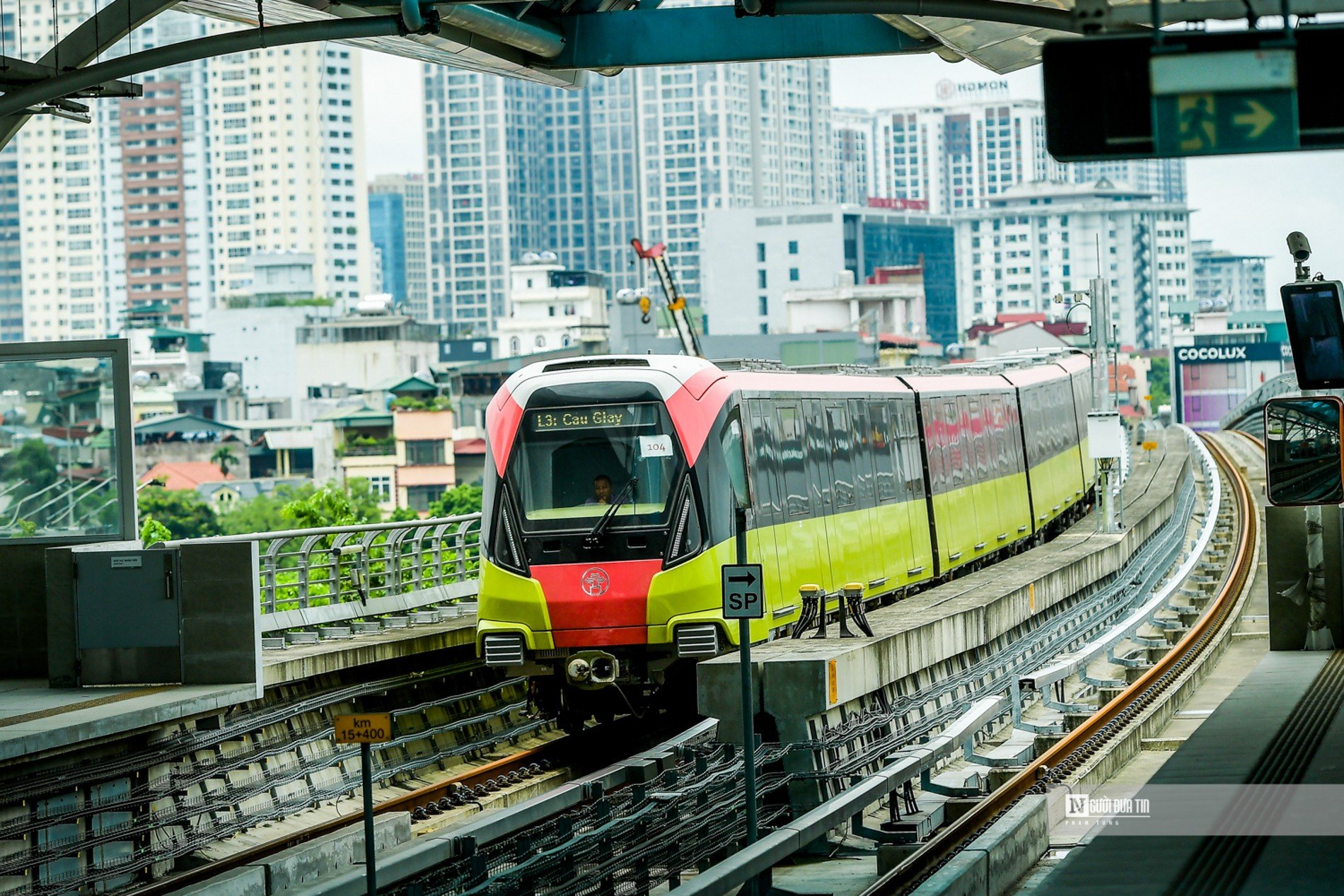
By 2045, Hanoi will complete 200 km of metro lines of adjusted and additional lines.
Besides, Savills leaders said that the previous policy of coordinating personal vehicles of state agencies was not drastic.
The policy of limiting private vehicles to reduce congestion and pollution in urban areas was proposed more than 20 years ago and has been discussed many times, but no effective solution has been implemented.
In the future, Savills experts assess that there are many positive signs for the development of this public transport.
Specifically, on June 28, 2024, the Capital Law 2024 was passed by the National Assembly at the 7th Session. Accordingly, Hanoi will limit personal vehicles entering the center to reduce traffic congestion and emissions through the application of traffic congestion reduction fees.
The current metro users in Vietnam and other countries in the region are mainly workers or students. This group accounts for 90% of the total number of passengers.
Metro has a positive impact on surrounding real estate prices
Savills historical data shows that property prices and rentals around metro stations enjoy better prices than other locations.
In Ho Chi Minh City, apartment prices along the metro line have continuously increased since the opening date with an average increase of 35%-70% depending on location, with some projects doubling in the period 2015-2023.
For example, Savills noted that Masteri Thao Dien apartments, located close to the metro line connecting the city center to Thu Duc City, were opened for sale at the end of 2014. In 2015, the price was from 35-39 million VND/m2, but now the secondary price has fluctuated from 69-75 million VND/m2.
In Hanoi, the average price of apartments in Cau Giay district for segments within a 500m radius from Cau Giay - Nhon metro stations increased by over 40% within 1 year from Q3/2023 compared to Q3/2024.
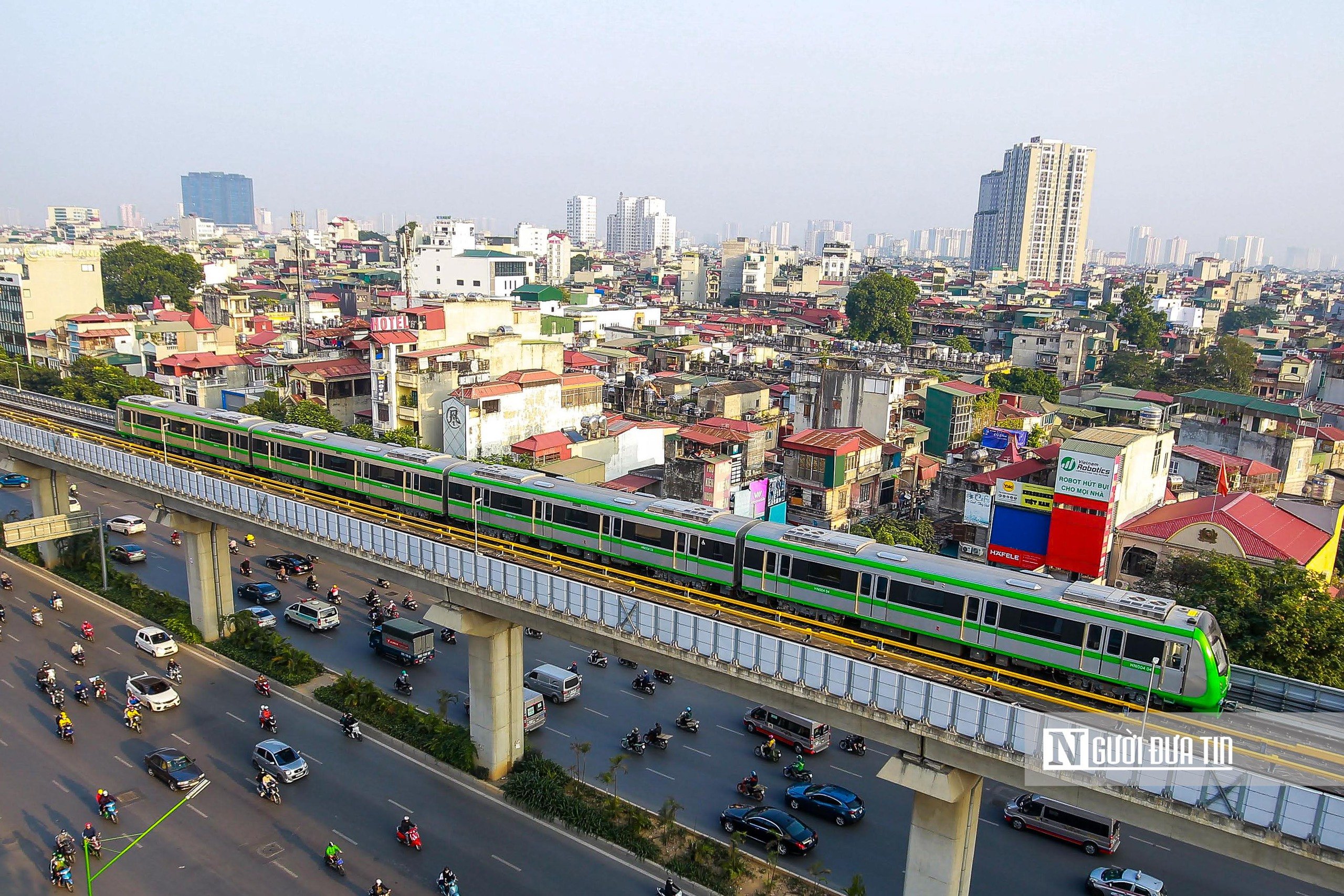
Metro has a good impact on surrounding real estate prices.
"We also checked the price increase data in areas far from this metro line, and the apartment price in the market due to the shortage of supply also pushed the price up by an average of about 25%-35% depending on the location.
That shows that the advantage of the metro station has also caused the surrounding real estate prices to increase 5%-15% higher than the general price increase," Savills' report pointed out.
Savills representative assessed that the metro line will contribute to increasing the value of real estate along its route. More importantly, the metro system will significantly improve the social life of the capital's residents.
This public transport not only helps reduce traffic accidents and traffic congestion, but also contributes to reducing environmental pollution thanks to running on electricity and saving people travel costs.
Source: https://www.nguoiduatin.vn/ha-noi-gia-bds-xung-quanh-nha-ga-metro-tang-toi-40-204240927153450731.htm


![[Photo] Phuc Tho mulberry season – Sweet fruit from green agriculture](https://vstatic.vietnam.vn/vietnam/resource/IMAGE/2025/4/10/1710a51d63c84a5a92de1b9b4caaf3e5)

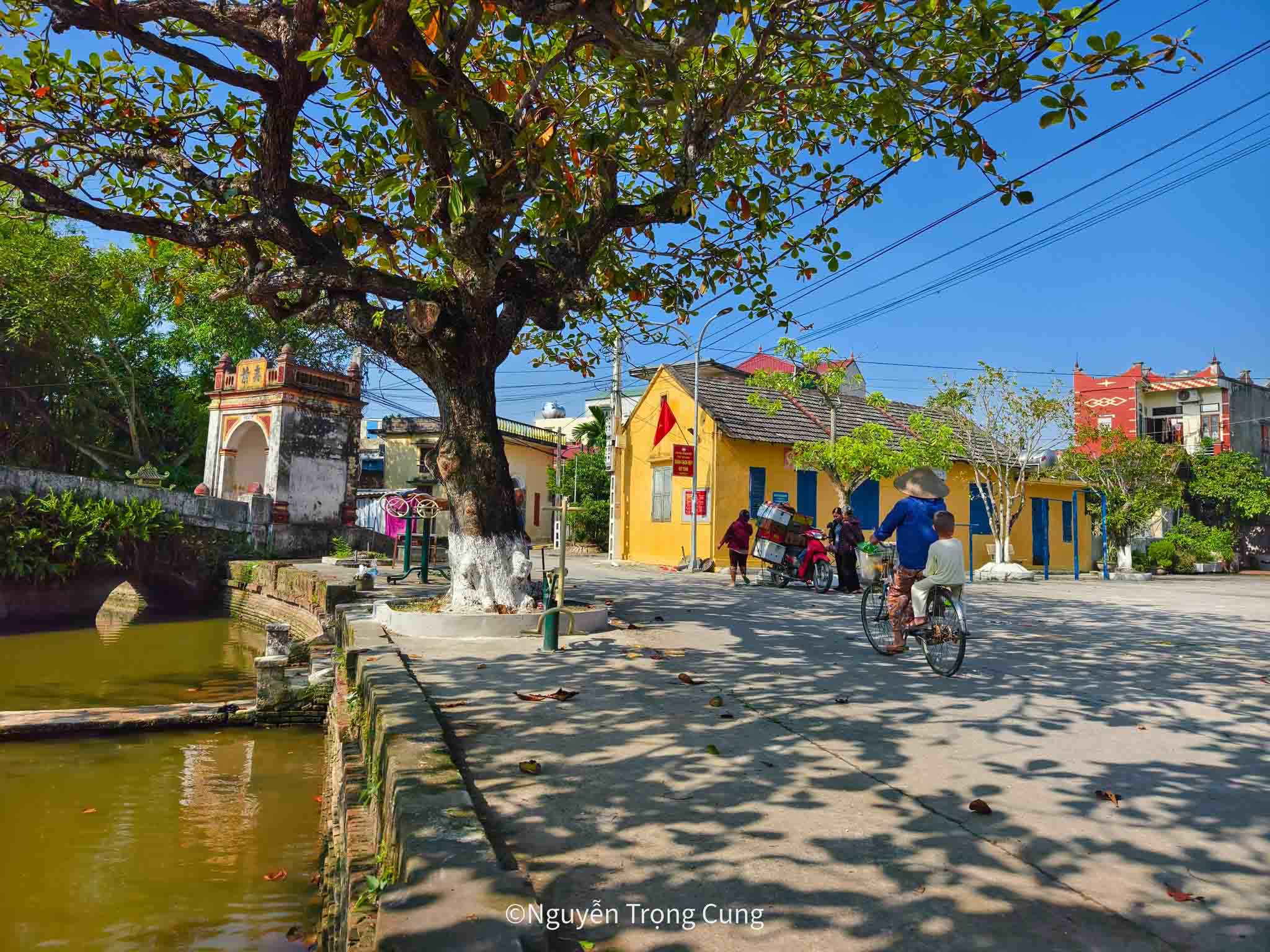
![[Photo] Summary of parade practice in preparation for the April 30th celebration](https://vstatic.vietnam.vn/vietnam/resource/IMAGE/2025/4/11/78cfee0f2cc045b387ff1a4362b5950f)

![[Photo] Prime Minister Pham Minh Chinh chairs meeting to discuss tax solutions for Vietnam's import and export goods](https://vstatic.vietnam.vn/vietnam/resource/IMAGE/2025/4/10/19b9ed81ca2940b79fb8a0b9ccef539a)
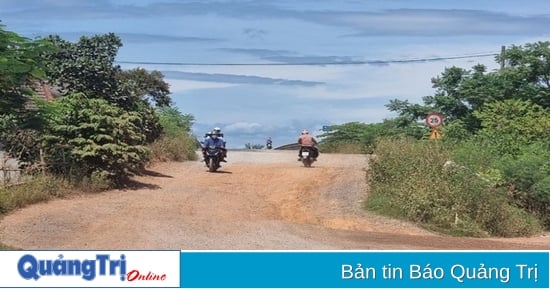




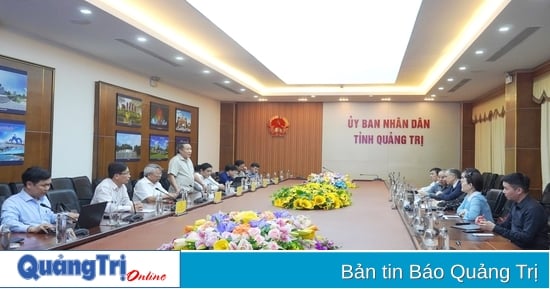
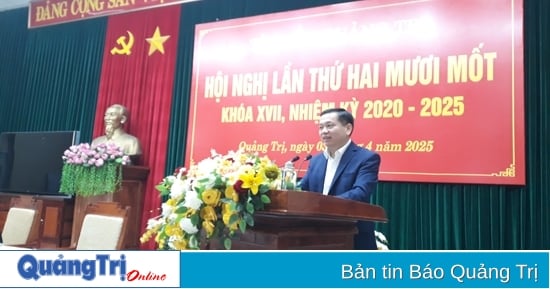


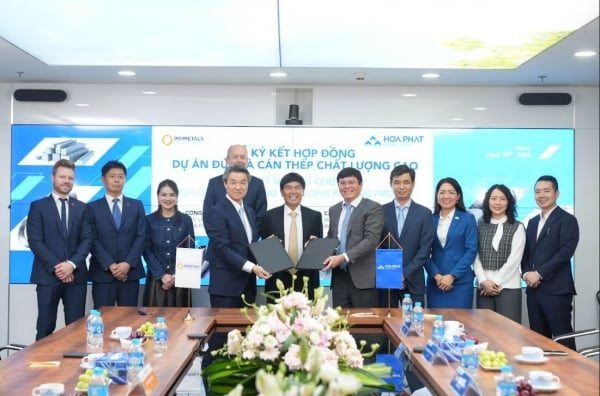
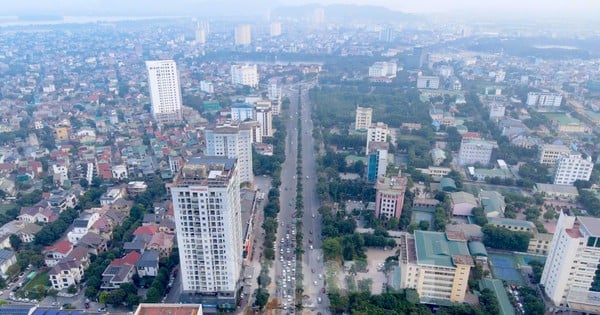
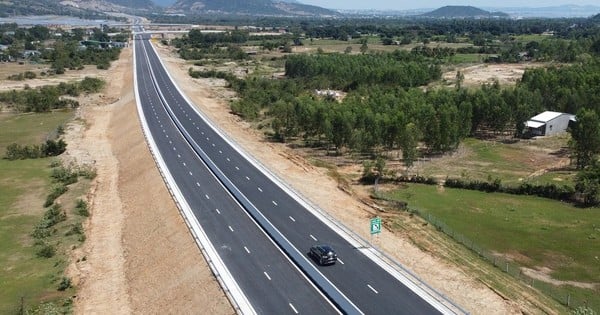
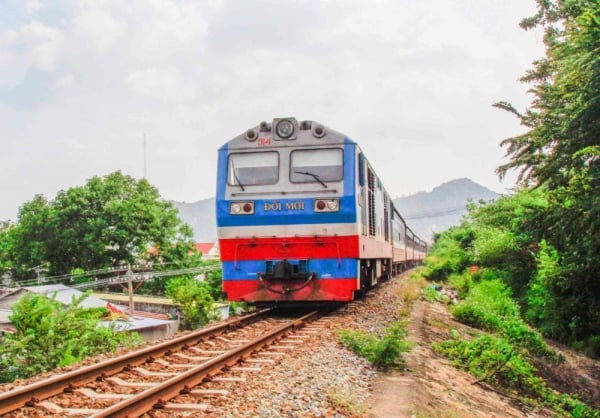





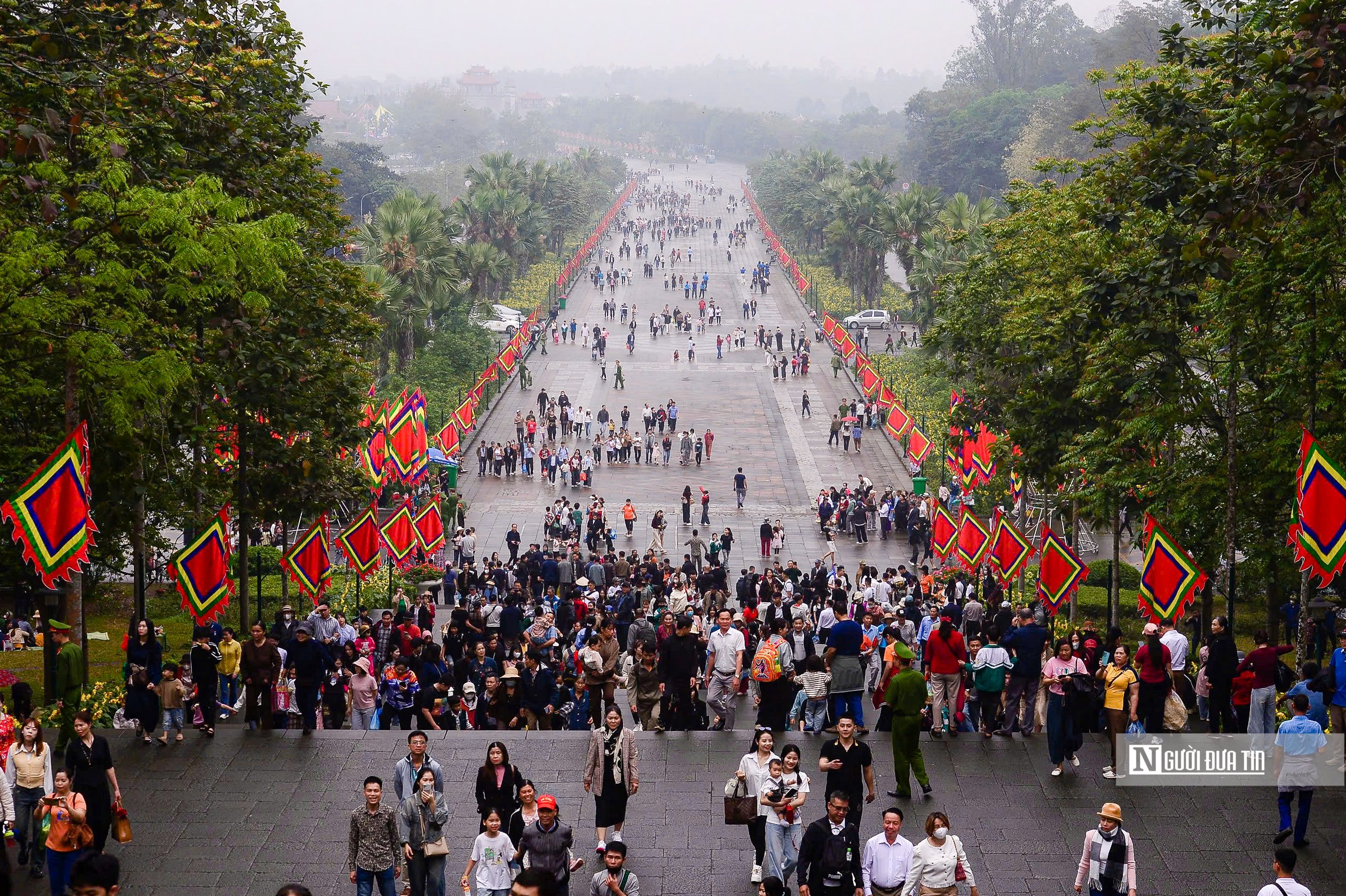




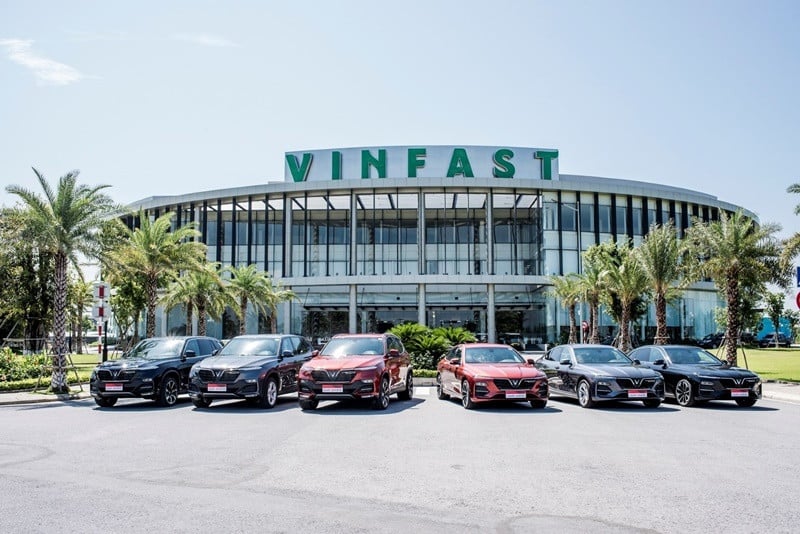
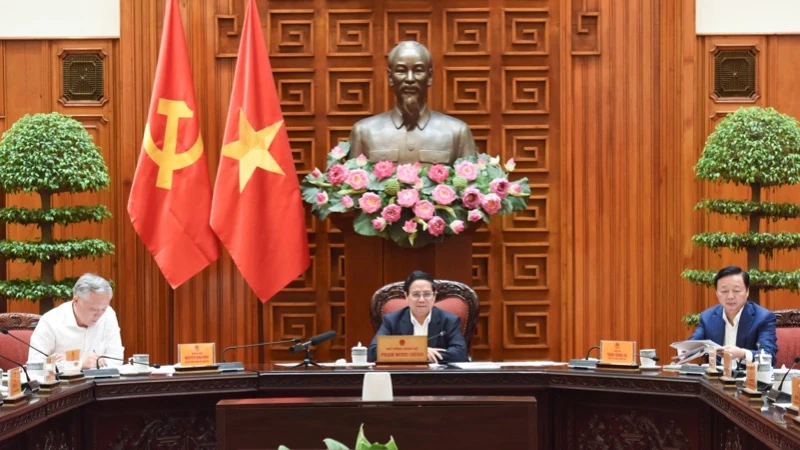


































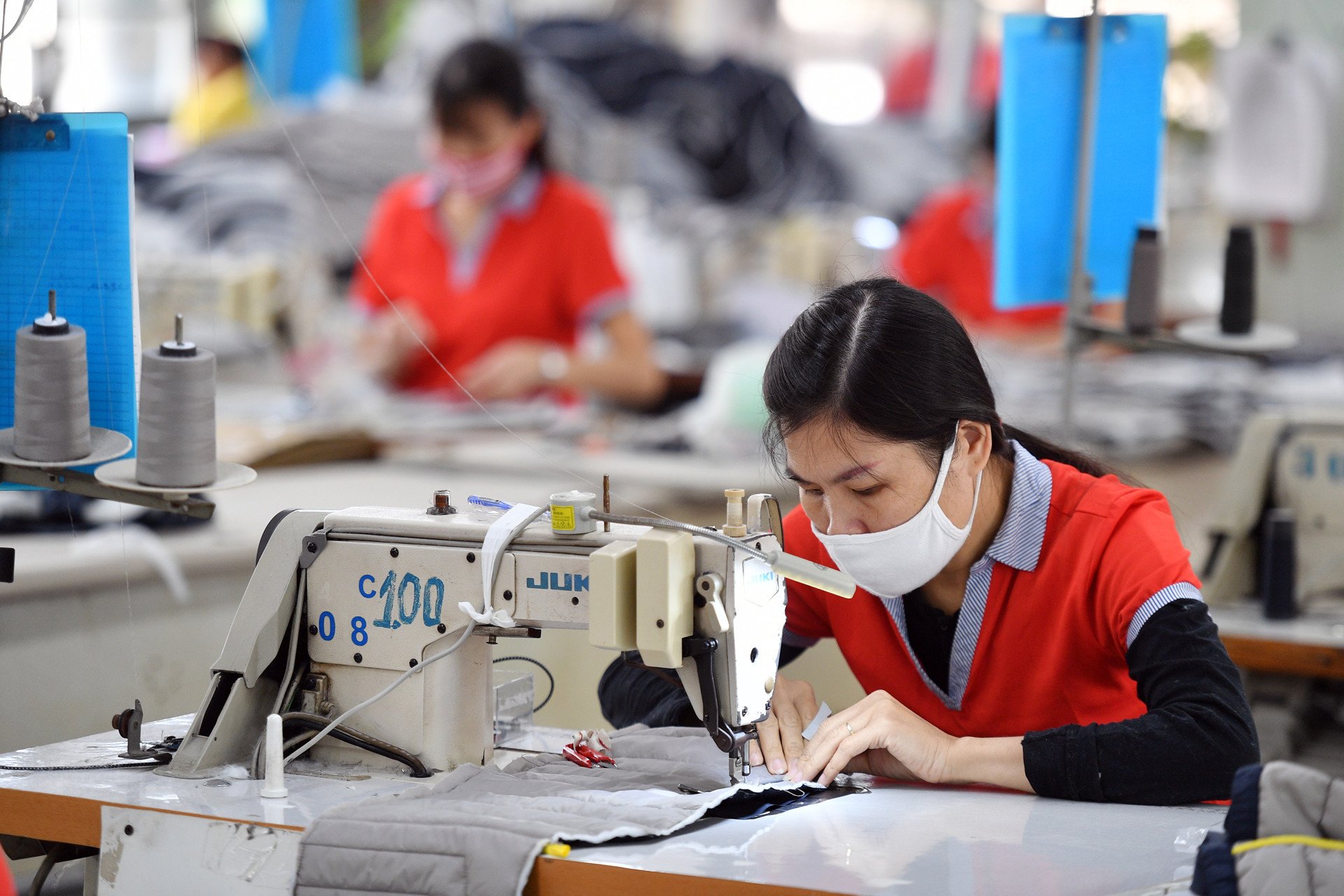

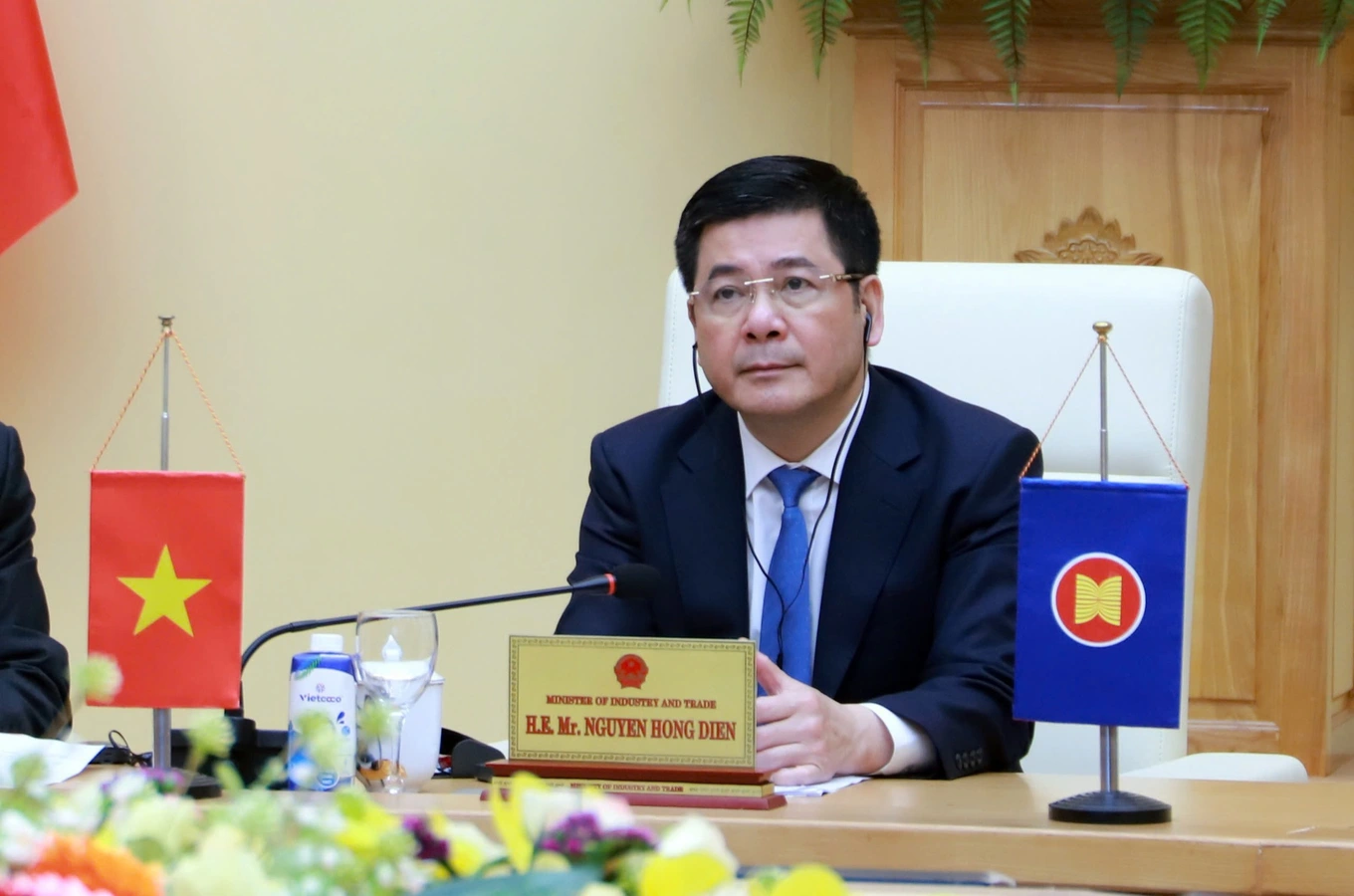
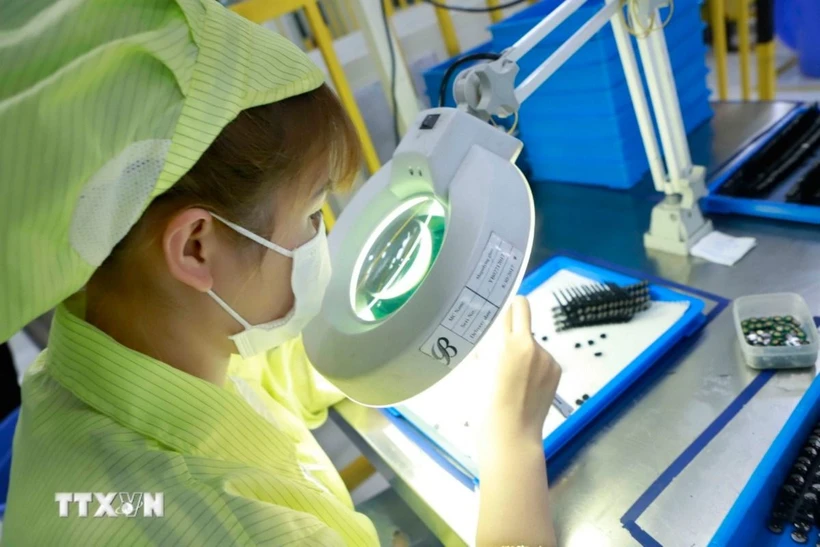



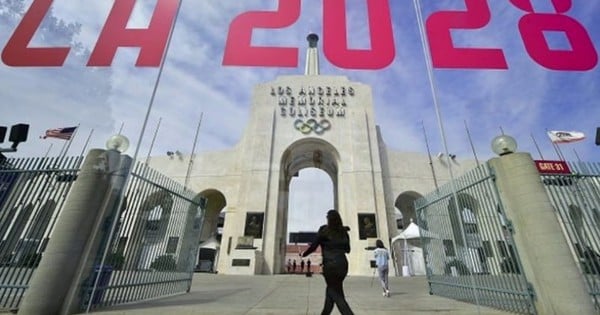




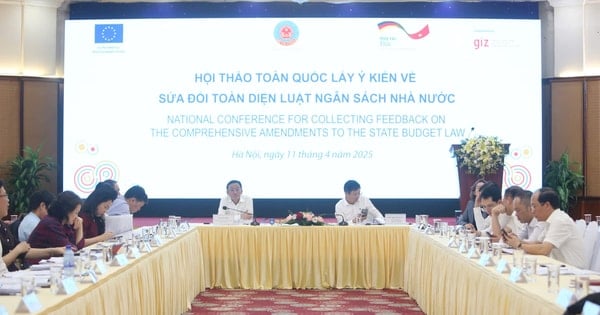

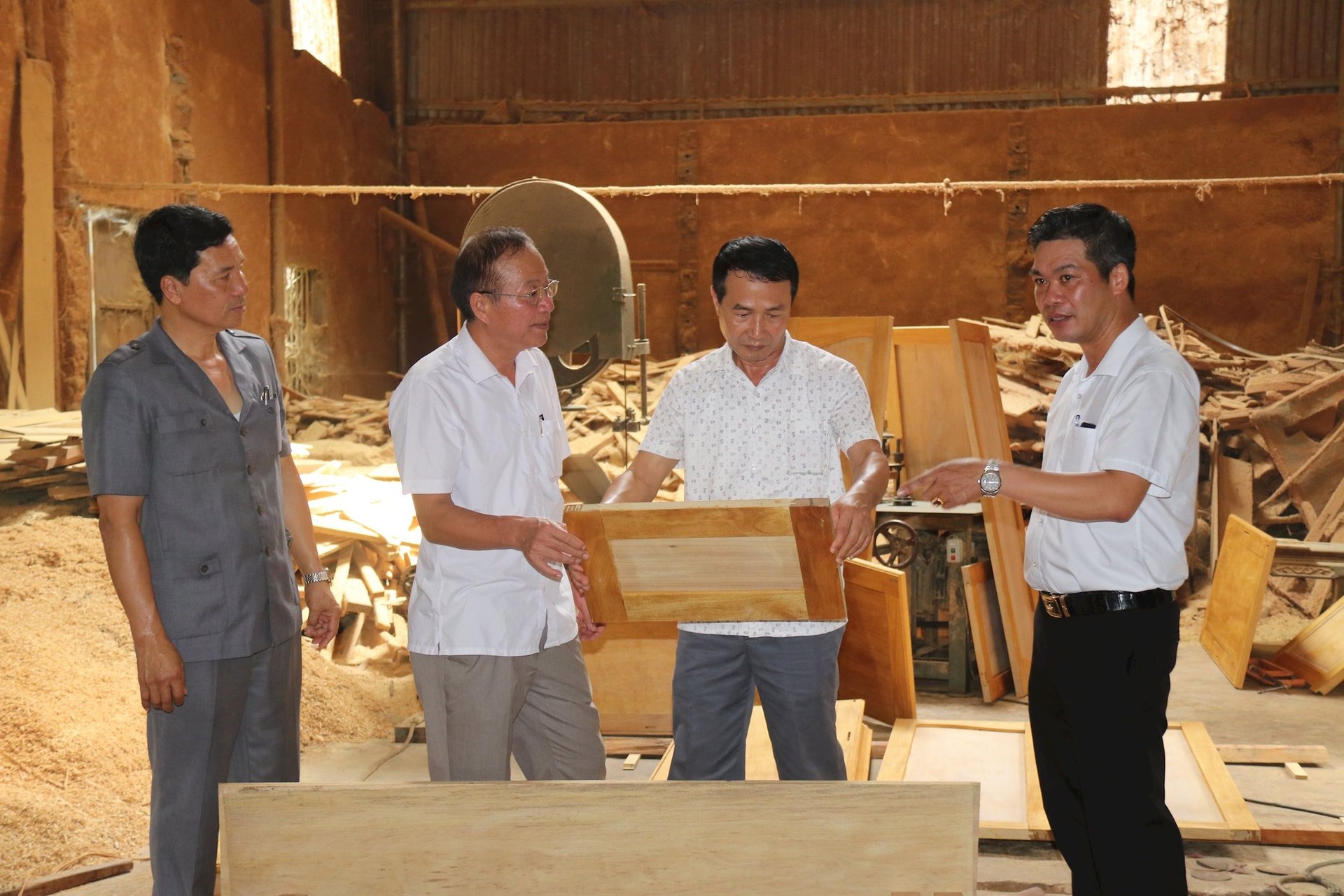





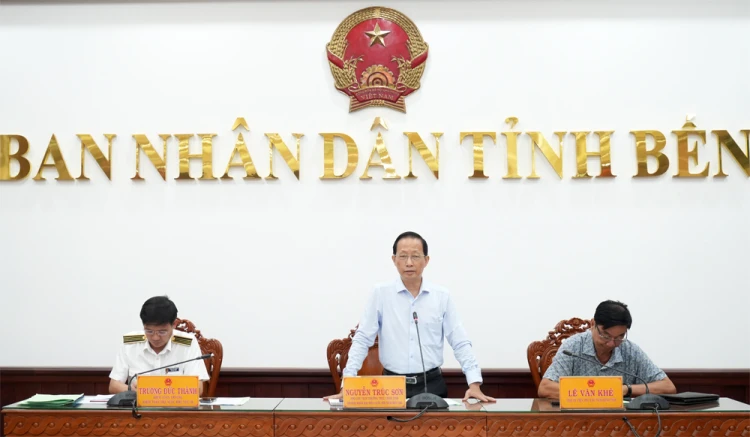









Comment (0)